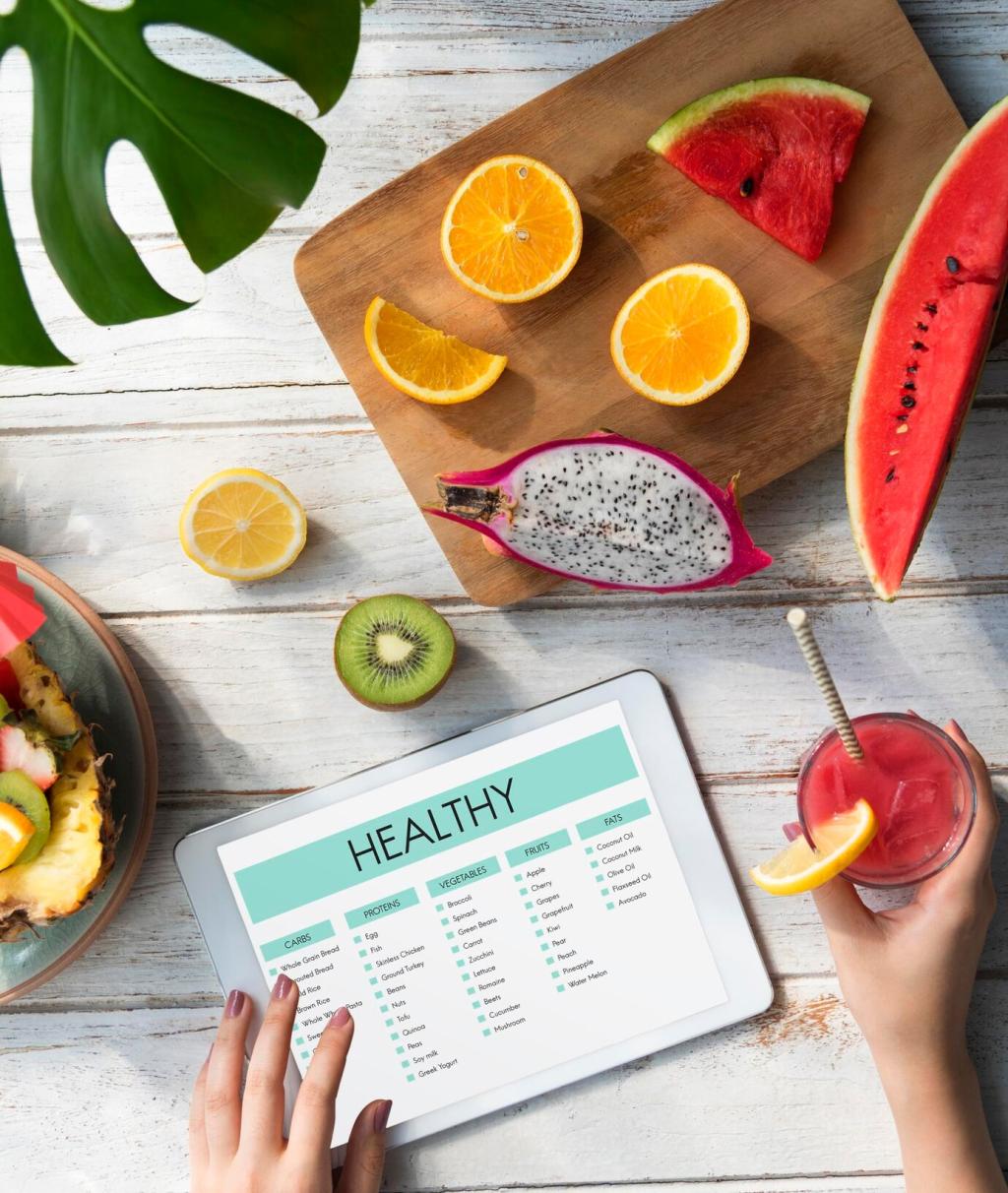Hydration Strategies for Active People
Chosen theme: Hydration Strategies for Active People. Whether you run, ride, lift, or stretch, this friendly guide helps you drink smarter, train stronger, and recover faster. Join the conversation, share your routine, and subscribe for fresh, practical insights.

Calculate Your Sweat Rate
Weigh yourself before and after a typical workout, track fluid consumed, and account for bathroom trips. The difference estimates sweat rate, guiding how much you should drink per hour during similar conditions, intensities, and durations.

Electrolytes: Sodium Leads the Way
Sweat carries more than water. Sodium loss drives cramping risk and fluid retention. Most athletes benefit from 300–800 mg sodium per hour in longer, hot efforts, adjusting higher in heavy sweaters or humid conditions after practical testing.

A Story From the Trail
During a July long run, I trained with two friends equally fit, yet one faded hard. Simple change—adding salted chews and steady sips—kept her energy even, and our post-run conversation turned into a personal hydration breakthrough.
Aim for roughly 5–7 milliliters of fluid per kilogram of body mass two to three hours before training. Add a pinch of salt or a light electrolyte tab if it is hot, then sip calmly rather than chugging.


This is the heading
Lorem ipsum dolor sit amet, consectetur adipiscing elit. Ut elit tellus, luctus nec ullamcorper mattis, pulvinar dapibus leo.

This is the heading
Lorem ipsum dolor sit amet, consectetur adipiscing elit. Ut elit tellus, luctus nec ullamcorper mattis, pulvinar dapibus leo.
Recover Right: Post-Workout Rehydration
The 150% Rule
After hard, sweaty sessions, aim to replace about one and a half times the fluid you lost over the next few hours. Include sodium in drinks or food so the water you drink stays in, supporting blood volume and cellular recovery.
Smart Recovery Choices
Broths, chocolate milk, smoothies with a pinch of salt, or a balanced meal all rehydrate better than plain water alone. Pair fluids with carbohydrates and protein, then keep sipping casually until urine returns to a pale straw color.
Warning Signs to Respect
Headache, dizziness, extreme fatigue, or nausea can suggest dehydration, while swollen fingers, confusion, or clear, frequent urination may hint at overhydration. If symptoms persist, pause training, re-evaluate your plan, and consult a medical professional.
Sport and Environment-Specific Strategies
Steady, prolonged efforts reward predictable sipping. Pre-mix bottles with known sodium and carbohydrate targets, stash extras on route, and rehearse aid-station spacing in training so race day simply repeats what your gut already trusts.


Sport and Environment-Specific Strategies
Indoor air is often dry and warm, boosting sweat loss even during short sessions. Keep a bottle within reach, take tiny sips between sets, and add electrolytes for back-to-back classes or circuits that stack into an hour or more.



Myths, Mistakes, and Staying Safe
Drinking far beyond sweat loss can dilute blood sodium, causing hyponatremia. Respect your ceiling, include sodium, and remember that clear urine all day is not the goal—comfortable performance and recovery are.
